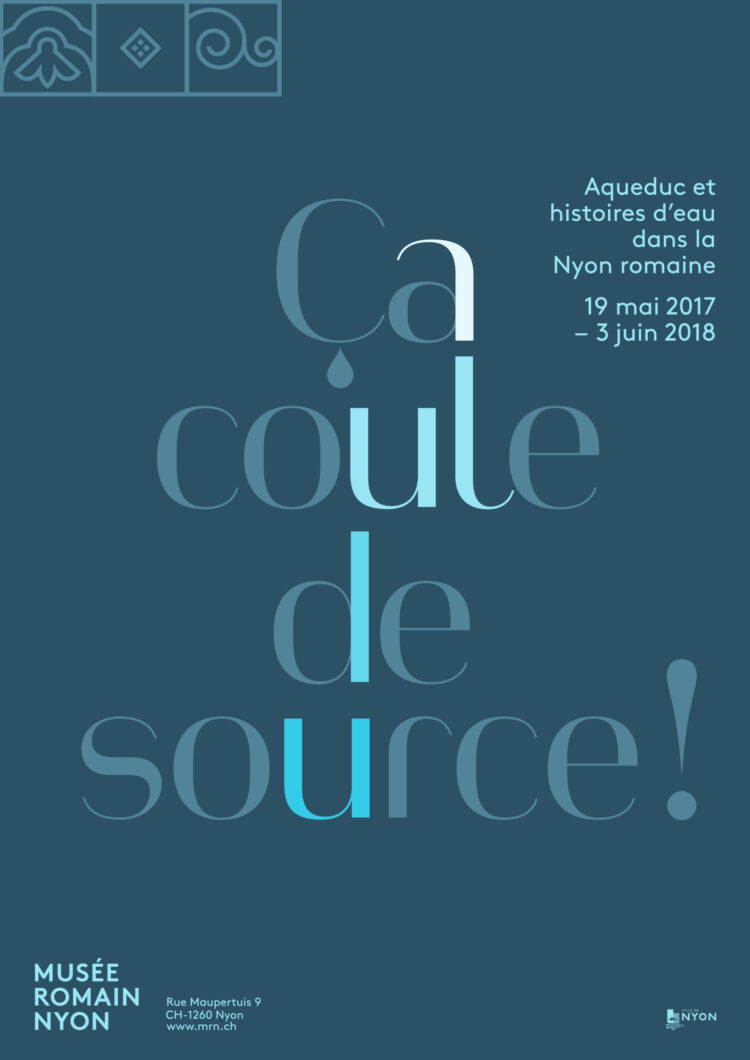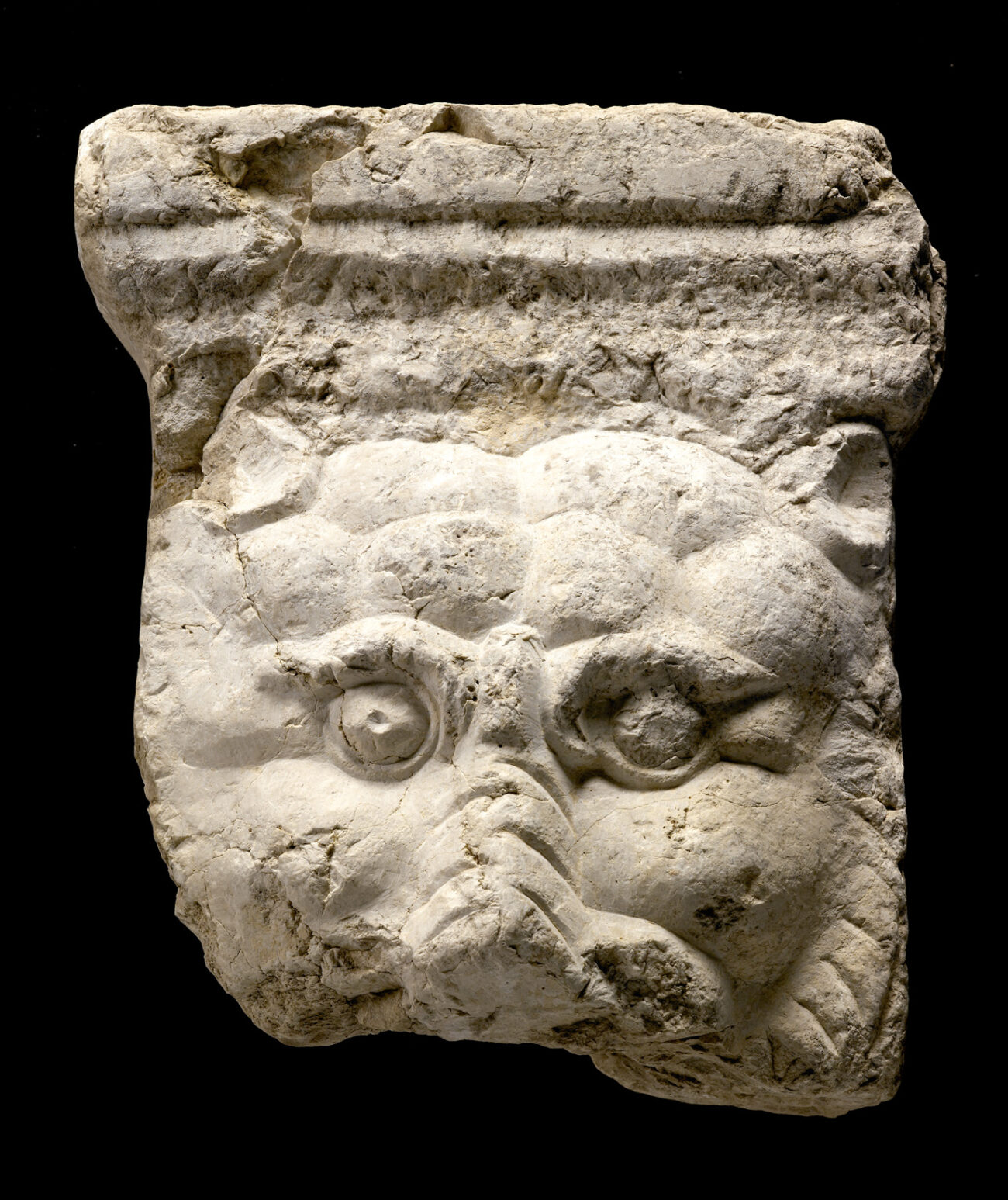
Water is the very essence of life and civilisation. Since Neolithic times, this element has determined the choice of places to set up camps or villages. Over the centuries, different strategies for acquiring water developed, from the simplest to the most sophisticated. In the Roman Empire, every town had an aqueduct that supplied water in profusion. Not only did the daily needs of the population have to be met, but also those of the characteristic structures of Roman urban culture, such as fountains, baths, latrines and nymphaeums (monumental fountains), which dramatised the triumphant arrival of water in the city. A whole network of pipes, invisible but essential, ran beneath the cobblestones, carrying the clear water and evacuating the waste water, just as it does today.
Archaeological digs have yielded a wealth of evidence, from representations of divinities to piping, illustrating how water was transported, used and managed in the city. By symbolically following the course of the Nyon aqueduct, the exhibition reveals the importance of water in Roman life, using objects from Swiss sites and from the museum’s collection, models and fun installations.
